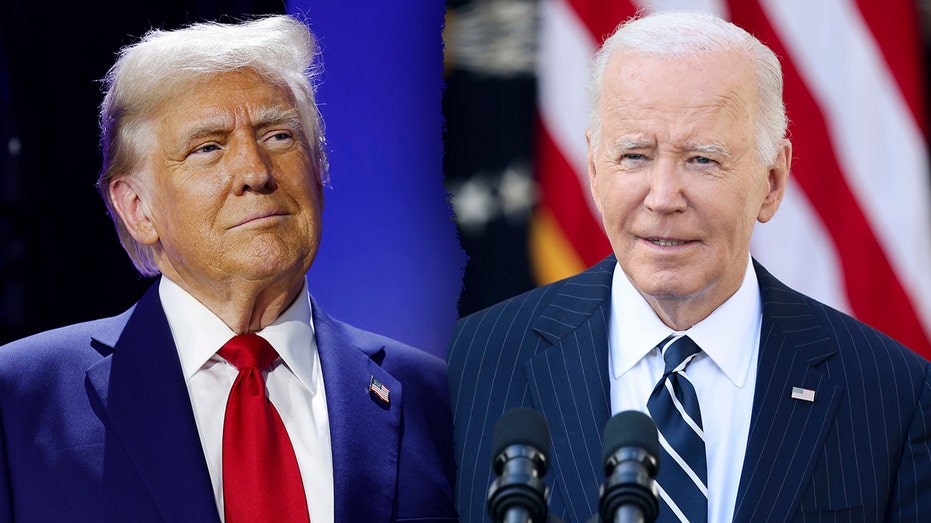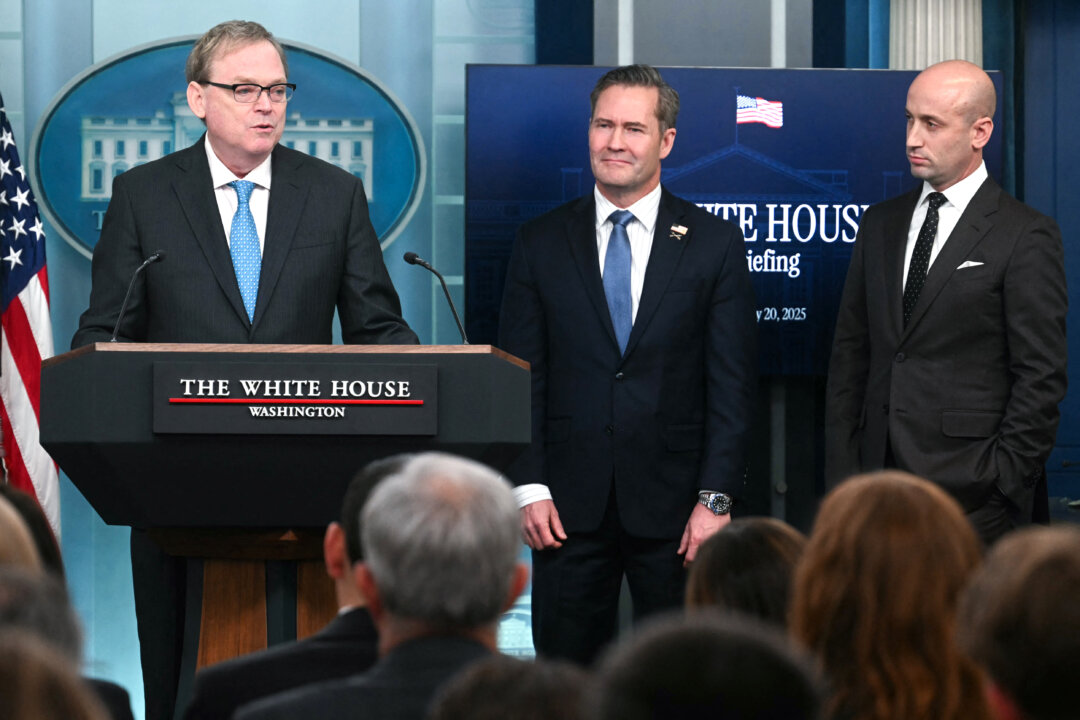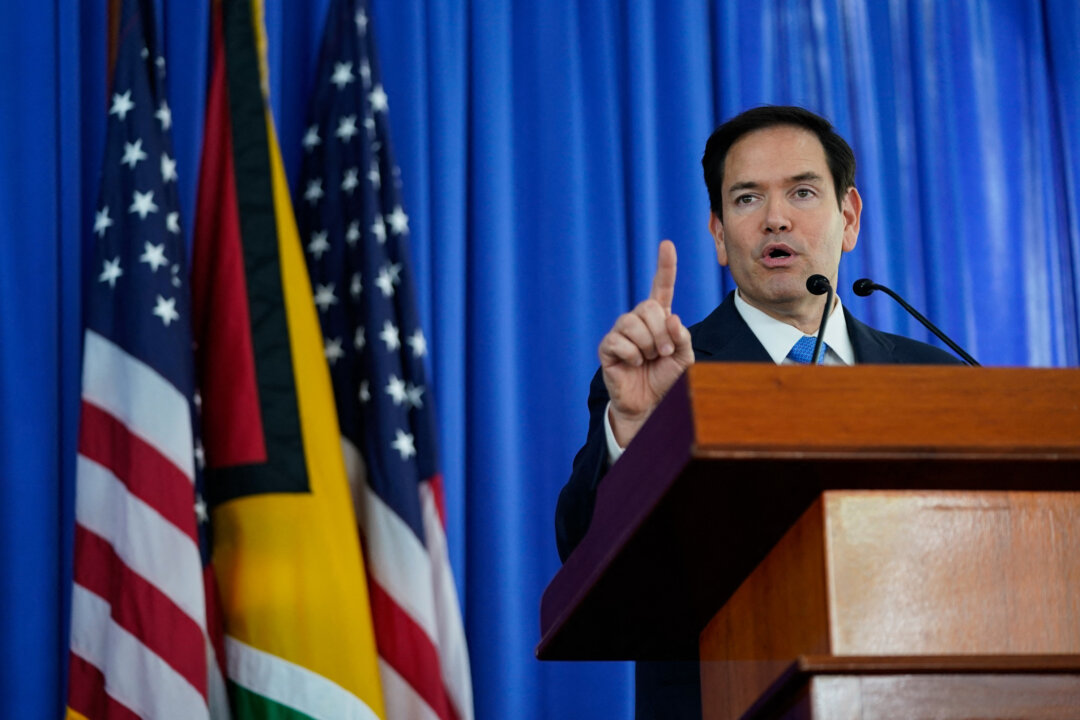

Commerce Secretary Howard Lutnick is right: Expanding access to spectrum will benefit consumers, businesses, and the broader economy. The most effective way to do this — while promoting innovation and competition — is to embrace shared spectrum and Wi-Fi, two proven models for commercial use.
For decades, the United States has focused on one approach: high-power licenses held almost exclusively by the three nationwide carriers that can afford to outbid competitors. But treating spectrum solely as a revenue source overlooks its broader role in driving innovation, economic growth, and national security.
We can continue leading the world in wireless innovation while pushing back against China’s centralized, export-driven digital strategy.
That’s why efforts to advance spectrum policy through the congressional budget reconciliation process come with serious risks.
Reconciliation is a legislative tool designed for budgetary matters — not for shaping complex, long-term policy. Yet some lawmakers are considering using it to push through spectrum policy, favoring high-power auctions simply because they bring in the most revenue.
That’s a mistake.
Spectrum policy should be developed through careful, strategic planning aimed at serving the public interest — not driven by short-term budget targets. Locking the Federal Communications Commission into a one-size-fits-all approach for the next decade would limit innovation and competition.
Mandating high-power auctions through reconciliation would sideline alternative models, such as spectrum sharing, which allow multiple users to access the same frequencies. It would also jeopardize the continued expansion of Wi-Fi, the primary way most Americans connect to the internet today.
Congress should resist the urge to treat spectrum like just another line item. The stakes — for innovation, economic growth, and consumer access — are far too high.
The success of the Citizens Broadband Radio Service shows what’s possible when spectrum policy embraces flexibility and innovation. In the CBRS band, commercial users share spectrum with incumbent naval operations through a dynamic access framework. This approach has allowed a wide range of users — including small businesses, schools, airports, wireless providers, and rural communities — to benefit from spectrum access without displacing government users.
The CBRS has also positioned the United States as the global leader in private wireless networks. Its flexible licensing model proves that spectrum sharing can drive commercial innovation while preserving national security.
Now, policymakers are studying the lower 3 GHz band — located just below the CBRS — for similar shared use. This opens the door to future spectrum policy that goes beyond the traditional model of exclusive, high-power auctions.
The CBRS makes one thing clear: National security and commercial innovation don’t have to compete. With smart policy, we can advance both.
Wi-Fi offers a great example of how shared-spectrum policies drive innovation. More than 62% of U.S. internet traffic flows over Wi-Fi, which relies on unlicensed spectrum accessible to any device that meets basic interference protections. That far surpasses the 8% carried by mobile networks.
The economic value is staggering. Wi-Fi contributes more than $1 trillion to the U.S. economy every year. It fuels innovation, expands broadband access, and strengthens U.S. leadership in wireless technology. It’s also a distinctly American success story — built on U.S. intellectual property and made possible by the openness of our economic and regulatory systems.
China, by contrast, takes a rigid, top-down approach. Its spectrum policy relies on exclusive licensing aimed at controlling global 5G infrastructure and driving demand for Chinese-made hardware.
The United States pioneered spectrum auctions in the 1990s, but that was 30 years ago. Technology has evolved, and our policies should evolve with it.
With today’s advanced spectrum-sharing tools, we no longer have to choose between efficiency and openness. We can continue leading the world in wireless innovation while pushing back against China’s centralized, export-driven digital strategy.
Simply put, spectrum sharing broadens access and boosts competition. Instead of limiting access to a handful of major players, it opens the door for hundreds of companies to participate. That lowers the cost of entry and helps expand broadband in rural and underserved communities.
Shared-spectrum models also reduce the need for costly and time-consuming relocations tied to exclusive auctions. At the same time, they protect critical national security operations by minimizing interference.
The spectrum decisions Congress makes today will shape America’s digital future for decades. By prioritizing coexistence through shared spectrum and Wi-Fi, lawmakers can adopt a more competitive, resilient approach — one that maximizes public benefit while preserving national security and U.S. leadership in wireless innovation.
.png)
 20 hours ago
3
20 hours ago
3















 English (US)
English (US)